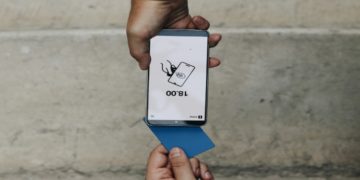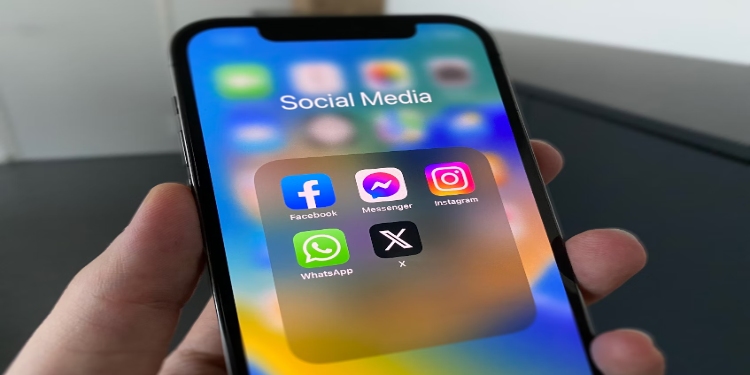In the past ten years or so, the notion of who delivers the news has literally been rewritten. There was a time when people would rush to their TV sets or radios immediately after something happened, watching with anticipation for the BBC, Sky News, or The Guardian to deliver the facts. Now that instinct has shifted to our phones. For millions, the primary source of information during a crisis or important event is no longer a reporter in front of a camera, but a post on X, a viral clip on TikTok, or an Instagram Story.
This development is driven more by speed than failure to trust the established news sources. Social media is created for quick updates. By the time the newsroom fact-checks the original story and verifies it through vaunted editorial pipeline, the internet has already created a story around it. Due to the rapid pace of social media, the platforms beat the newsroom to breaking news and the news travels quickly, even when the details may not be right.
However, conventional sources do retain a unique strength: verification and context. During the London transport strikes earlier this year, thousands of TikTok videos showed the crush of the overfilled stations, the fury of commuters, and trains not arriving. But it was the BBC and The Guardian who described why there was a strike, who was involved in the negotiation, and what it meant for the economy’s future. Traditional reporting gets no love for its speed on social media but retains trust from the meaning it creates.
Platforms competing for credibility
One of the significant changes in 2025 is how social platforms will try to have it both ways. TikTok has just rolled out new dedicated “News Tabs” in the UK and partnered with local outlets to provide credibility to its short-form explainer-like content.
Nonetheless, credibility occupies the battlefield. Research demonstrated that younger audiences trust what they see first, especially when it is shared by a peer or influencer rather than an institutional entity. A viral video during this most recent general election received millions of views before the BBC went live with its coverage. After the BBC received negative publicity for its initial coverage, it issued some corrections to the claims made in that viral video. By the time the BBC made its corrections, however, many of those viewers already held views or opinions based on what they saw first.
This is a problem that reflects disruptions happening in other industries. For example, online casinos challenged a legacy experience model that goes back hundreds of years, by providing free spins and other digital-first experiences, they changed engagement with gambling forever. What once required a physical trip to an establishment could now be accomplished in seconds from home. News is having a similar experience. The faster and easier the platform, the more it shapes consumer habits, even if reliability issues are lingering in the background.
The future of breaking news
So, who really owns the breaking story in 2025? The truth is that ownership is no longer singular. Social media has claimed the crown of immediacy. Traditional outlets still lead in trust and analysis. But the real power lies in the interaction between the two. Increasingly, newsrooms rely on viral clips as leads, while platforms rely on established outlets to validate what is true.
What comes next is likely a hybrid model. Already we see news organizations embedding TikTok reporters and social producers into their teams, not to replace journalists but to adapt their content to new formats. We also see platforms like YouTube moving toward longer-form, documentary-style reporting, slowly encroaching on territory that belonged to television networks for decades.
Nonetheless, the viewer is also an engaged part of this context. Our methods of consuming the news are as much about participation as observation. Hashtags, comment sections, and conversations spreading on social media won’t merely inform, but dramatically turn breaking news into an experience of sorts where participants are equal shares of the experience. This feels starkly different from the old days when viewers sat quietly (except for a few obligatory comments) in front of the evening news wondering what happened.
Perhaps, instead of determining the identity of the news breaking the story, we should consider how the story itself is evolving. In 2025, the information is rapid, fragmented, and multimedia at once. The traditional outlets maintain our guardrails, but we engage as soon as someone takes out their phone. The news is more democratic, and therefore more messy, and immediate. And in the messy disorder of that reality, the line between social media and traditional journalism is not quite as neat as it was in the past.













































































